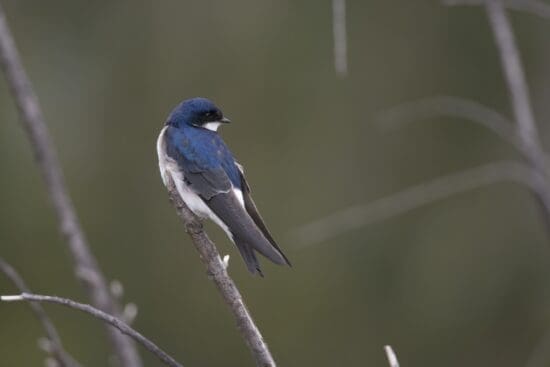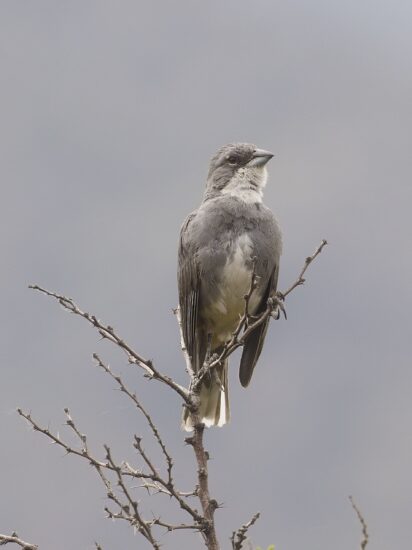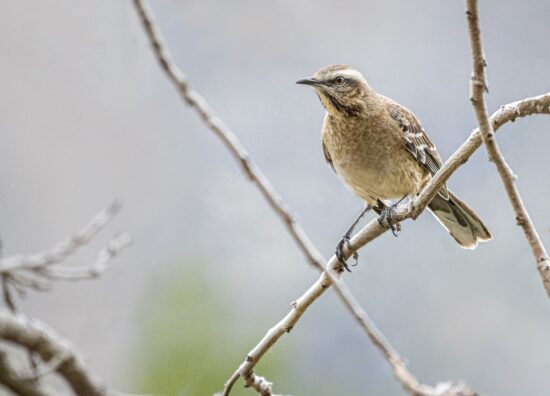4 migratory birds that visit the Gran Reserva vineyards


Their work is essential for the ecosystem. They help, among other functions, in seed dispersal, pest control in crops and plant pollination. These are four species that from time to time inhabit our fields.
A campaign to raise awareness and promote the conservation of migratory birds and their habitats worldwide is the reason for World Migratory Bird Day, which is commemorated on May 11. Totally dependent on aquatic ecosystems during their life cycles, inland and coastal wetlands, rivers, lakes, streams and ponds… are essential for migratory birds. There they feed, drink water or nest, but they also rest during their long trips. The threat to these ecosystems, however, is having a direct impact on the birds that depend on them.
Within the biodiversity conservation program that Gran Reserva has implemented in all the fields where wines such as Gran Reserva Sauvignon Blanc are produced, to name a few, the native restoration of birds is an important part of its work. To do this, they installed 21 nest houses of different sizes that also promote biological control of the vineyards. Thanks to monitoring, four migratory birds that use them have been identified:

These beautiful birds with bright blue feathers and a spot at the end of their back are characterized by their elegant flight and characteristic song. Additionally, they migrate north during the southern winter, returning to Chile in the spring. On their migratory flights they can travel up to 10,000 kilometres to reach their breeding or wintering areas. When they visit the Gran Reserva vineyards, they fulfil the function of biological controller by feeding on insects.

This small slate grey bird with a white spot on its neck and chest stands out for its harmonious song. It is native to Chile, but is distributed throughout different regions of South America since in the southern winters some migrate to the east of Argentina, west of Uruguay or southwest of Brazil. Extremely active and sociable, these birds feed on seeds, fruits and small insects such as wasps. They also fulfil the function of biological controller in the Gran Reserva estates.

Native to Chile and Argentina, in Chile it is distributed from Copiapó to Valdivia. It is a grey and earthy brown bird, a great singer and capable of imitating the sound of other birds such as the Diuca, the Chercán and Thrushes. During their non-breeding season, Tencas migrate to northern Bolivia, Paraguay, Uruguay and southern Brazil.

This small bird with a melodious song that usually lives in mountain and forest areas, plays a crucial role as a seed disperser and insect population controller, favouring the regeneration of various plant species. It is characterized by its “see-saw” flight with intermittent wingbeats. Resident from Tierra del Fuego to Aconcagua, in the southern winters it migrates north, arriving between Coquimbo and Atacama in search of more temperate climates. At first glance it looks similar to the Diuca, but up close its larger size becomes evident.
We comply with the highest standards of verified social and environmental performance, transparency, and legal responsibility to balance benefit and purpose.
We adopt an Impact Business Model, creating beneficial links between business, community, and environment.
The Gran Reserva vineyards are an important part of the project to conserve native forest areas and protect local biodiversity. Our native forests have the ability to retain rainwater and control the kind of climate change that results from water shortages.
We take care of 1,432 hectares of protected forests and, on average per vineyard, a total of 105 species of fauna and 48 species of registered flora.
Our effort to preserve nature begins with responsible water consumption. 99% of the water we use comes from surface and subterranean sources.
Our vineyards are drip irrigated, which translates to a 90% efficiency on water consumption, and over the past 3 years, we’ve reduced our water footprint by 10%.
All of our winemaking processes require the use of energy. Our choice to invest in clean, renewable energy reflects our desire to co-create a sustainable planet for the future.
100% of the electricity used to make the wines in the Gran Reserva collection come from renewable sources, including solar energy.
Concha y Toro has been certified under the Wines of Chile Sustainability Code since 2012, which means that our vineyards are officially recognized as sustainable vineyards.
The wines in our Gran Reserva collection are crafted entirely from estate-owned grapes in sustainably managed vineyards.